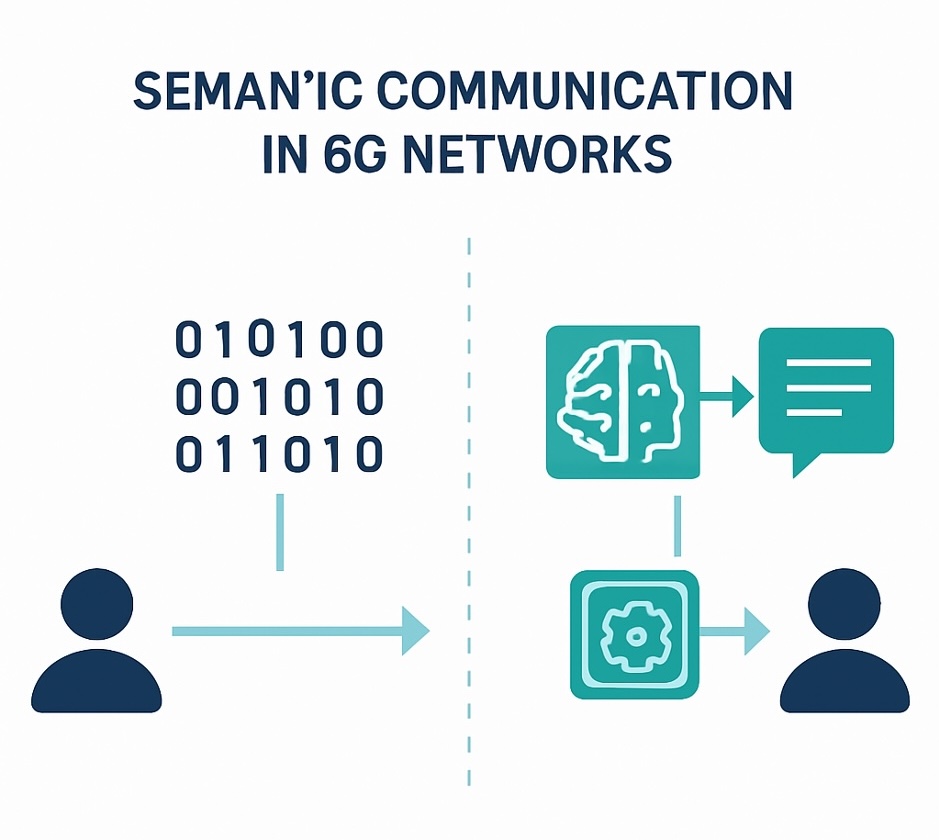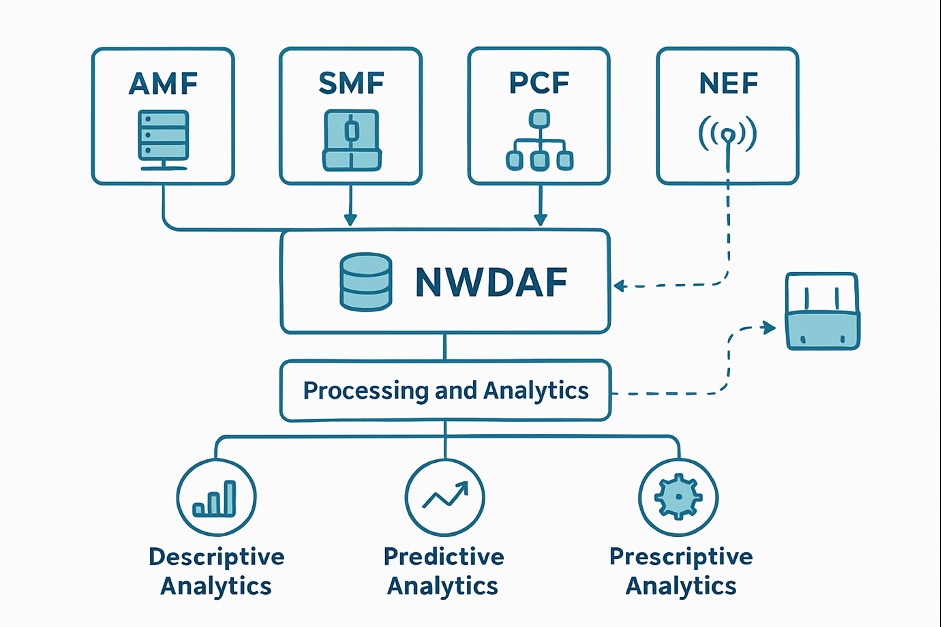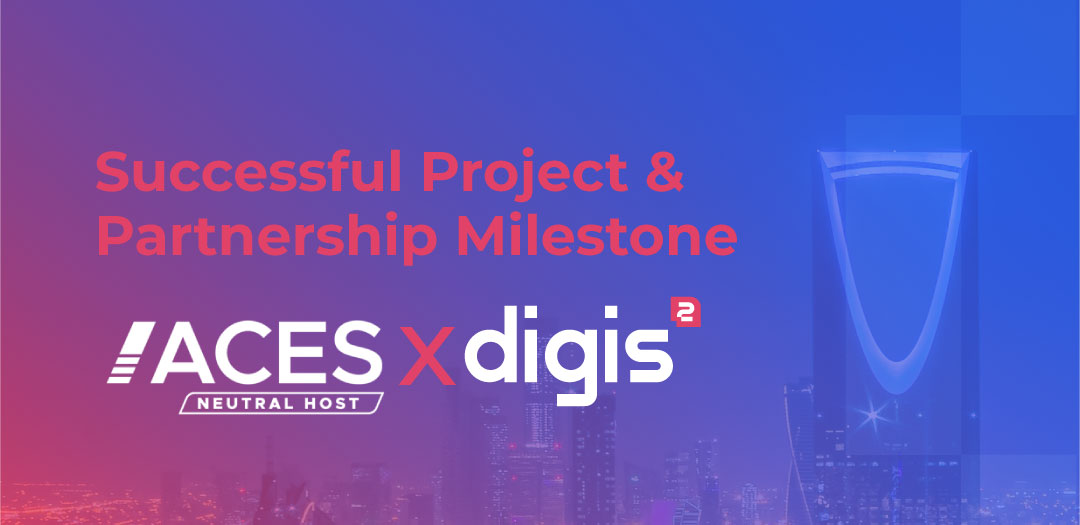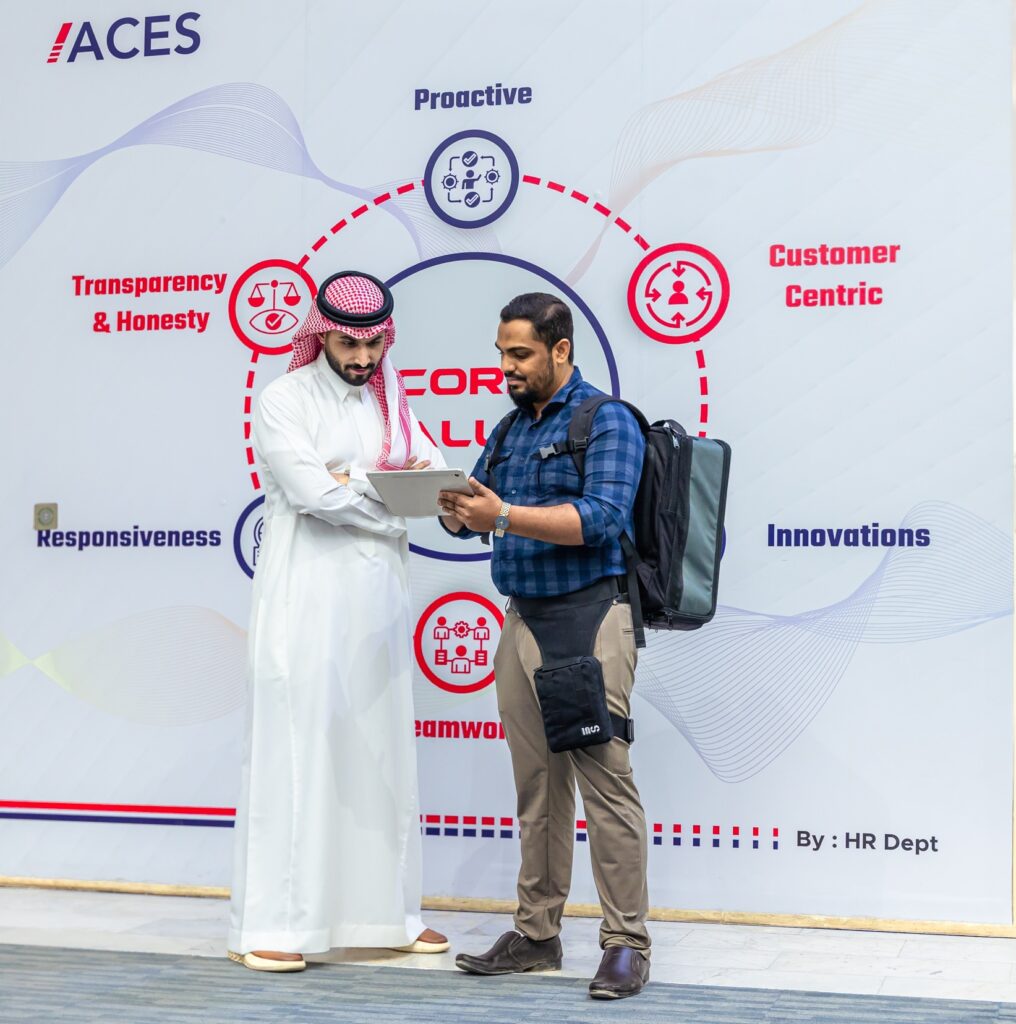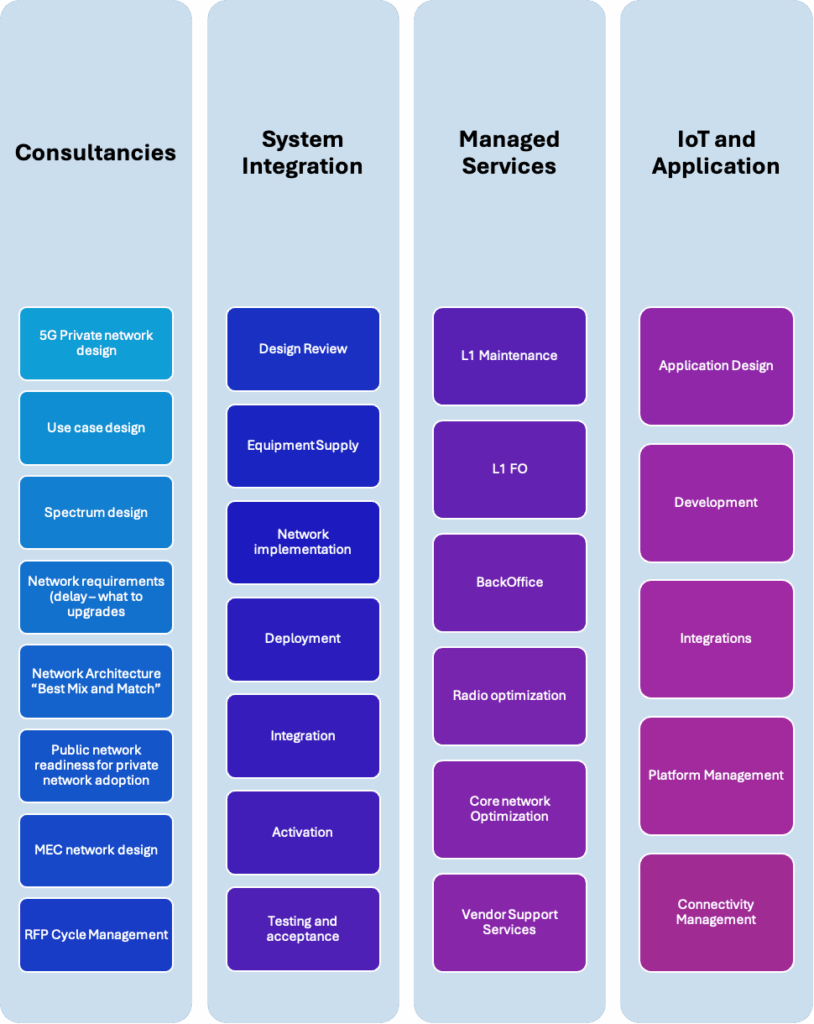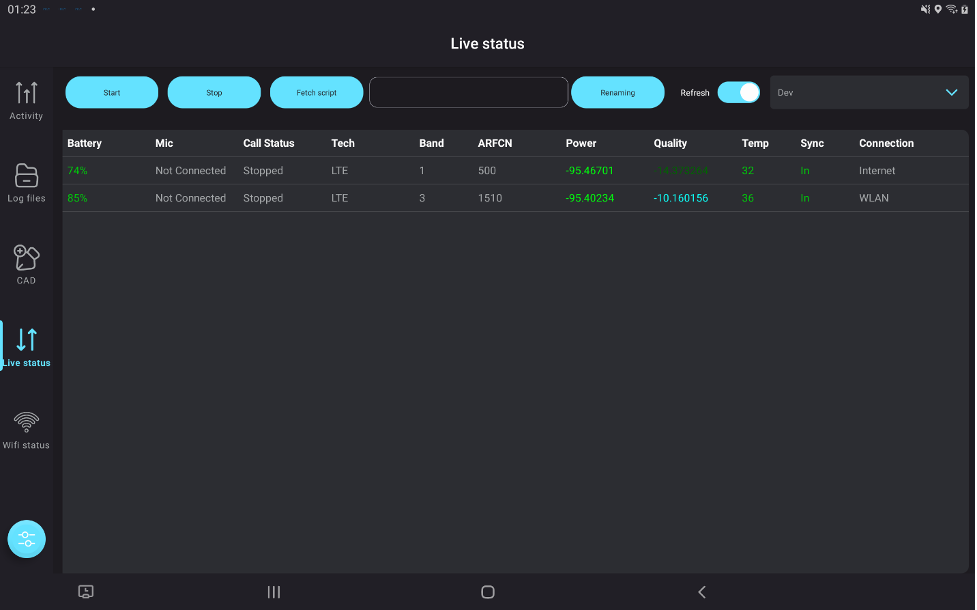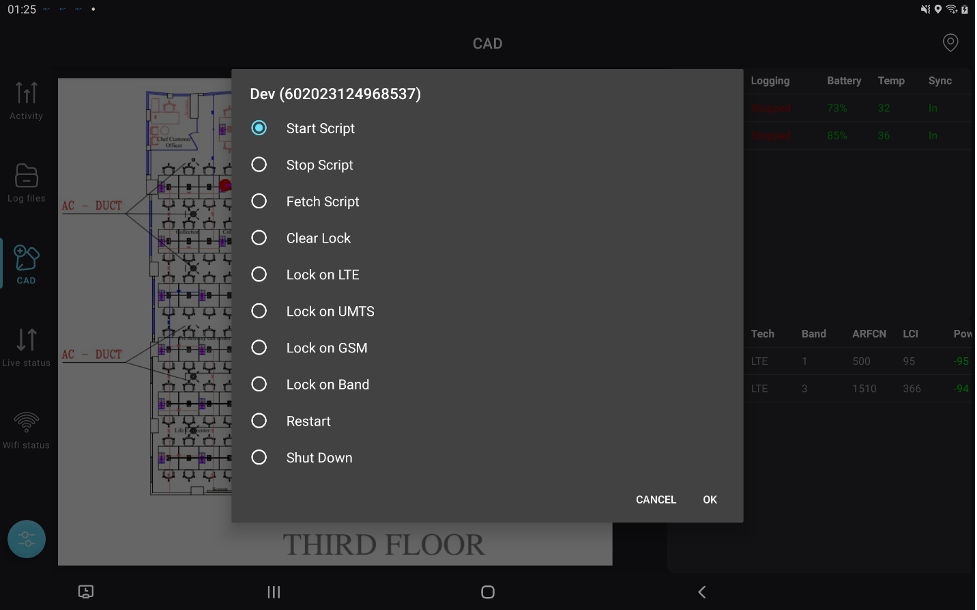As I reflect on the trajectory of mobile communications, I find myself at a fascinating inflection point. We stand at the threshold of another major leap forward, and the promise of 6G extends far beyond incremental improvements in speed or latency. What truly excites me is how 6G represents a fundamental reimagining of how intelligence, presence, and connectivity converge in our networks and devices. At the core of this transformation lies an often overlooked but absolutely critical element: spectrum.

I’d like to explore why spectrum will once again shape not just our networks, but our societies and the very fabric of our digital existence.
Each generation of wireless technology has been defined by the spectrum it unlocked. 3G introduced us to mobile internet, fundamentally changing how we access information. 4G gave birth to the mobile economy, enabling video streaming, social media, and real-time applications that have transformed business models and social interactions. 5G pushed into millimeter wave frequencies, delivering industrial-grade responsiveness for critical applications.
But 6G represents something more profound. The leap isn’t merely technological—it’s philosophical. Connectivity is evolving to become contextual and cognitive. Our networks won’t just react to demands; they’ll anticipate needs. Devices are transforming from communication tools into intelligent sensors and agents that understand and interact with their environment. To enable this vision, 6G will require access to new spectral frontiers, particularly the sub-terahertz and terahertz (THz) ranges that have remained largely untapped for communications.
The relationship between spectrum and 6G innovation is multifaceted and critical. First, we face the fundamental challenge of data hunger meeting bandwidth bottlenecks. Applications like immersive extended reality, holographic communication, and digital twins demand terabit-per-second scale bandwidth capacities that can only be provided through the vast, underutilized frequency bands far above today’s cellular allocations.
Second, moving into terahertz bands introduces entirely new physics to our communication systems. This isn’t just about higher speeds; it means fundamentally different signal behaviours, novel hardware challenges, and revolutionary ways of sensing the environment. The properties of these frequencies will enable capabilities we’ve barely begun to imagine.
Third, spectrum is increasingly becoming a strategic national resource. The countries and companies that shape the 6G spectrum narrative will effectively shape the rules of digital engagement for the next decade and beyond. This geopolitical dimension adds another layer of complexity to spectrum allocation and standardization.
As we develop these new frequency bands, we’ll need new ways to describe and categorize them. Just as 5G required a new “language” to describe its frequency bands (such as n78 or FR2), 6G will demand new spectrum notations to handle wider bandwidths (tens or hundreds of gigahertz), account for dynamic spectrum sharing and AI-managed allocation, describe multi-layered integration across space, air, and terrestrial networks, and reflect new use-case mappings for sensing, localization, and environmental feedback.
Without clear and intelligent spectrum notations, we risk fragmenting the global 6G conversation—both technically and geopolitically at precisely the moment when unified approaches are most needed.
We often discuss spectrum in abstract terms as an invisible field of energy we harness for communication. But the spectrum has language. It has a notation. And as we transition from 5G into the far more complex realm of 6G, that language is evolving in significant ways.
To understand the future of wireless, we must first understand how we describe it. At the most basic level, frequency measurements tell us about radio wave oscillation: 1 Hz represents one cycle per second, 1 MHz is one million cycles per second, 1 GHz is one billion cycles per second, and 1 THz is one trillion cycles per second. Higher frequencies oscillate faster, enabling more data to be carried per unit time but also introducing greater signal loss, narrower coverage, and new technical challenges.
The evolution of mobile communications has consistently moved toward higher frequencies: 2G operated in hundreds of MHz, 4G and early 5G exploited sub-6 GHz bands, 5G NR expanded into millimeter wave (24–100 GHz), and 6G will push from 100 GHz to potentially 10 THz. This progression reflects our growing appetite for bandwidth and the technological innovations that make higher frequencies viable for communication.
In 5G, standardized notations were introduced to simplify discussions about specific frequency bands. Designations like n78 (3300–3800 MHz, a widely deployed mid-band 5G range) and broader categories like FR1 (sub-6 GHz frequencies) and FR2 (24–52 GHz millimeter wave) have streamlined regulatory, engineering, and operational conversations. However, as we move into sub-THz and THz frequencies, these notation schemes begin to show their limitations.
As we begin to propose bands like 140 GHz, 275 GHz, and even 1 THz for 6G, new spectrum notation systems will be required to unify wider frequency ranges under flexible identifiers, account for hybrid use cases where a single band supports sensing, communication, and computing simultaneously, and enable AI interpretation through machine-readable notations for real-time spectrum management.
We might see notations like fTH1 (Fixed THz Band 1: 275–325 GHz), dTHx (Dynamic Terahertz experimental block), or sT1 (Sensing THz Band 1, dedicated for RF-based environment detection). While these are speculative examples, they illustrate the fundamental need: our notation must evolve alongside our use cases and technology.
The importance of well-defined spectrum notation extends across multiple stakeholder groups. For engineers, poorly defined notation creates confusion in hardware design, simulation, and deployment. For regulators, a lack of harmonized notation leads to regional incompatibility and inefficiencies in global rollout. For innovators, a shared, evolving language opens doors to collaborative research, efficient prototyping, and even machine-to-machine spectrum negotiation.
It’s worth noting that notation isn’t neutral; it embodies power. Whoever defines the language often shapes the outcome. As we collectively create 6G, spectrum notation represents a strategic touchpoint—a bridge between science, policy, and geopolitics that will influence the development trajectory of next-generation wireless technology.
The future of 6G is being written not just in laboratories or boardrooms but in the electromagnetic spectrum itself. If 5G reached into the millimeter-wave frontier, 6G is preparing for a quantum leap into the sub-terahertz and terahertz bands. These frequency ranges, once considered the domain of theoretical physics or space science, are now firmly in the telecom spotlight.
Before exploring specific frequencies, it’s important to understand that 6G isn’t simply “5G, but faster.” It aims to support terabit-per-second data rates for holographic and immersive applications, microsecond-level latency for real-time control and tactile internet, native AI and sensing capabilities embedded directly in the spectrum layer, and multi-dimensional connectivity spanning terrestrial, airborne, and satellite networks. To support these capabilities, we need wider bandwidths than ever before—and that’s only possible at higher frequencies.
Several spectrum ranges are emerging as candidates for 6G deployment. Upper Mid-Bands (7–24 GHz), sometimes called FR3, offer a potential balance between coverage and capacity for early 6G deployments. Candidate bands in this range include 7–15 GHz, with particular interest in the 10–14.5 GHz range being explored by ITU. These frequencies could support urban macro deployments with extended coverage and decent capacity, though existing satellite usage presents challenges that will require robust coexistence frameworks.
Sub-Terahertz bands (100–300 GHz) represent the range where true 6G performance begins to shine. Particular interest has focused on 100–140 GHz (under exploration in Europe, Korea, and Japan) and 275–325 GHz (proposed as a new THz communication block). These frequencies could enable indoor ultra-high-speed access, device-to-device communications, and real-time augmented, virtual, and extended reality applications. However, they face challenges including severe path loss, line-of-sight requirements, and hardware immaturity.
Terahertz Bands (0.3–10 THz) push beyond traditional RF into new physical domains. These bands, currently under early-stage scientific study, could support wireless cognition, high-speed backhaul, and environmental sensing. The challenges here are substantial: limited current RF integrated circuits, lack of global regulatory frameworks, and energy efficiency concerns.
Low-Band Spectrum (Sub-1 GHz) remains essential even in the 6G era. While not new, these frequencies provide critical coverage for massive IoT, rural areas, and emergency communications. The primary challenge is that this spectrum is already heavily saturated with legacy systems.
International harmonization efforts are underway across multiple organizations. ITU-R (WP 5D) is actively evaluating candidate frequencies for IMT-2030 (the official designation for 6G). The FCC in the United States has opened exploratory windows at 95–275 GHz. Europe’s Hexa-X project advocates for coordinated research into 100+ GHz spectrum. China, Korea, and Japan are conducting field trials at 140 GHz and above. Global harmonization will be crucial—not just to avoid interference, but to enable cross-border 6G roaming, manufacturing scale, and effective spectrum diplomacy.
Rather than depending on any single band, 6G will likely employ a layered spectrum approach: low bands for resilient, wide-area coverage; mid bands for urban macro deployment and balanced rollout; sub-THz for immersive services and fixed wireless; and THz for sensing, cognition, and backhaul. All of these layers will be dynamically orchestrated, likely through AI and real-time feedback systems, to create a seamless connectivity experience across diverse environments and use cases.
Author: Obeidallah Ali, R&D Director at DIGIS Squared
Obeidallah Ali leads the Research & Development efforts at DIGIS Squared, driving innovation in AI-powered telecom solutions. With deep expertise in 5G Network Design, Optimization, and Automation, he focuses on developing tools like INOS™ and Katana™ that help operators diagnose, troubleshoot, and enhance network performance worldwide.
For inquiries, please contact:
Email: info@digis2.com

